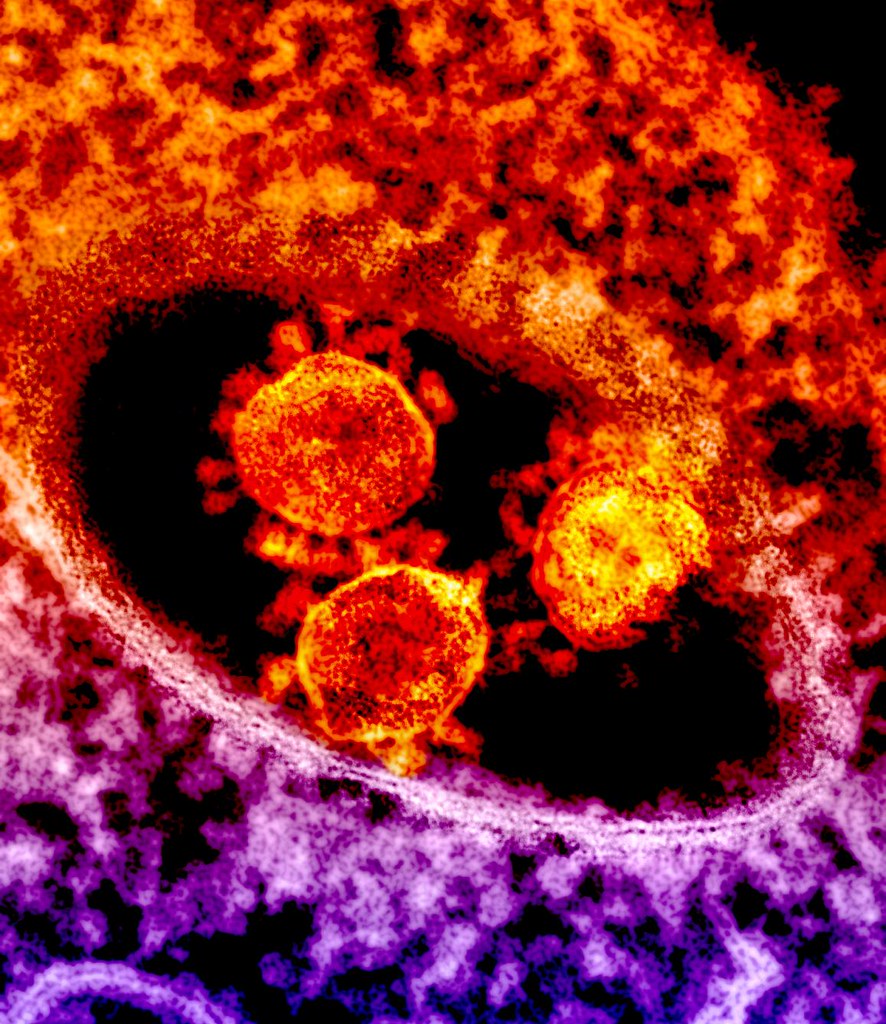
The coronavirus began circulating in China in December of 2019 and has recently reached the United States. As it has swept across regions globally, it has brought mass chaos with it. As the media releases daily information about the virus, many Americans are faced with the unknown. However, this mass chaos is accompanied by poor and often inaccurate information.
Different strains of coronavirus have been within the general public for decades, however, much of the fear stems from the fact that this is a new strain that is more virulent than other strains seen in the past. The outbreak is believed to have originated in Wuhan, China. This area of the country is densely populated with about 11 million people. Authorities from the Centers for Disease Control and Prevention (CDC) also believe that the virus was originally spread from animals to humans but is now being spread through human-to-human contact.
The coronavirus is spread through droplets, direct contact or contaminated surfaces, similar to the common cold or flu. Experts have noted that the virus is similar to viruses such as influenza or measles. It presents with symptoms often slightly more severe than the flu, such as fever, cough, breathing difficulties and muscle pains. The CDC is still conducting research to determine the exact mode of transmission of the virus, but it is believed that individuals are at their most contagious when they show heightened symptoms. Information about asymptomatic transmission is still unclear.
As of March 3rd, there has been 102 confirmed cases in the United States and six people who have perished from the virus, it is believed that those with underlying conditions, or “comorbidities,” are at increased risk. Since the virus attacks the immune system the elderly and the immunocompromised are also at increased risk.
However, while the United States braced for further impact of the coronavirus, the flu has already killed 16,000 Americans. The CDC reports that this is roughly a 0.05 percent mortality rate. The coronavirus does have a higher mortality rate, thought to be approximately 2.3 percent.
The best prevention for the coronavirus is undergoing infection protocol similar to that of the flu. The World Health Organization asserts that it is important to thoroughly wash your hands, especially when you are in public places. Individuals should take commonsense measures generally advised by healthcare professionals to avoid contracting the flu-like frequently washing hands and trying to abstain from touching the face. It is also important to thoroughly cook all meat and animal products and avoid contact with wild animals.
